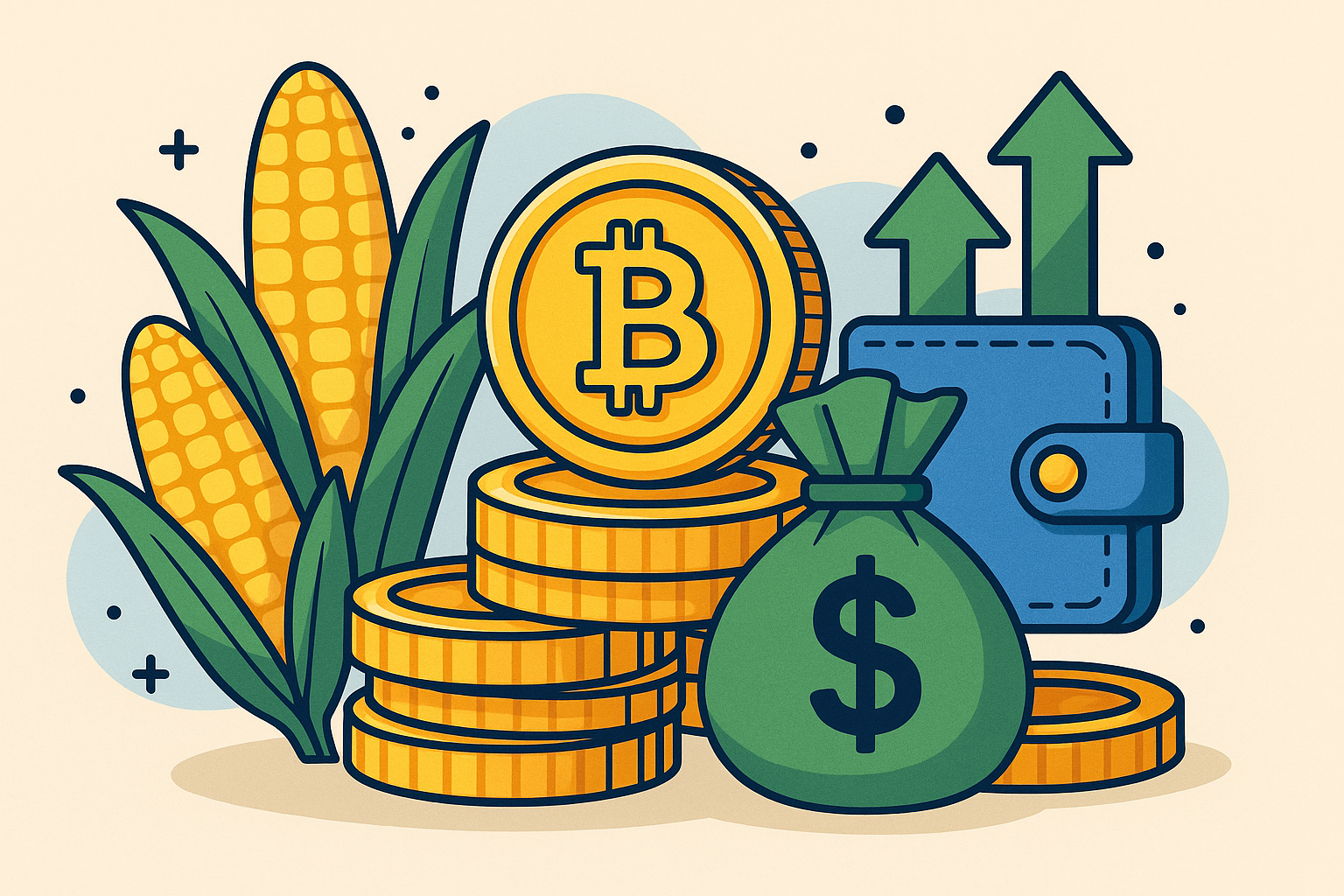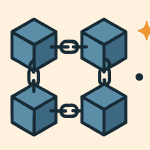Yield farming is a popular way to earn money with cryptocurrency. If you’re new to crypto, the term might sound confusing—but don’t worry. In this simple guide, we’ll explain what yield farming is, how it works, and what you need to know before you start.
Contents
Yield Farming in Simple Words
Yield farming means earning rewards by locking up your crypto in a DeFi (Decentralized Finance) platform. It’s like putting your money in a savings account, but instead of earning interest from a bank, you earn crypto from a DeFi app.
How Does Yield Farming Work?
When you do yield farming, you provide your crypto to a DeFi platform. This crypto is often used to help other people trade, borrow, or lend. In return, the platform rewards you with tokens.
Example:
You deposit $1,000 worth of crypto into a DeFi platform like Uniswap or Aave. The platform uses your funds to help with trades or loans. You earn interest or reward tokens like UNI, AAVE, or others.
Where Can You Do Yield Farming?
There are many platforms where you can farm yield. These are called DeFi protocols. Some of the most popular ones include:
-
Uniswap – for swapping tokens
-
PancakeSwap – on Binance Smart Chain
-
Aave – for lending and borrowing
-
Compound – similar to Aave
-
Yearn Finance – auto-optimizes your farming
Each platform works a bit differently, but the goal is the same: earn rewards by providing liquidity.
What Do You Earn?
You can earn in different ways depending on the platform:
-
Interest – From lending your crypto
-
Trading fees – From helping liquidity pools
-
Reward tokens – Many platforms give extra tokens as a bonus
-
Governance tokens – These give you voting rights in the project
What Is a Liquidity Pool?
A liquidity pool is a smart contract where users deposit two tokens, like ETH and USDT, so others can trade between them. This helps keep the platform running smoothly.
In return, you earn a share of the trading fees and maybe some bonus tokens too.
What Is APY?
You’ll often see APY (Annual Percentage Yield) when farming. It shows how much you could earn in one year. For example:
-
10% APY means you may earn 10% on your crypto in a year.
-
100%+ APY means very high potential earnings—but often comes with high risk too.
Be careful with very high APYs. Sometimes they are not sustainable.
Pros and Cons of Yield Farming
| Pros | Cons |
|---|---|
| Earn passive income | Can be complex for beginners |
| Higher returns than banks | Smart contract risks (bugs, hacks) |
| Many platforms and options | Losses due to token price drops |
| Supports the DeFi ecosystem | Possible impermanent loss in liquidity pools |
What Is Impermanent Loss?
If the prices of the tokens in your liquidity pool change a lot, you might lose money compared to just holding them. This is called impermanent loss.
It’s not always bad, but it’s something you should understand before farming.
Is Yield Farming Safe?
Yield farming can be risky. Here are a few things to watch out for:
-
Smart contract bugs – Code errors can cause problems.
-
Platform hacks – Some DeFi platforms have been hacked.
-
Rug pulls – Bad projects take your funds and disappear.
-
Token price drops – Rewards might lose value quickly.
Tips for staying safe:
-
Stick to well-known platforms
-
Start small
-
Don’t chase only high APYs
-
Do your own research (DYOR)
How to Start Yield Farming
-
Get a crypto wallet – Use MetaMask or Trust Wallet
-
Buy some crypto – ETH, USDT, BNB, etc.
-
Choose a platform – Like Uniswap or PancakeSwap
-
Connect your wallet – Follow on-screen steps
-
Deposit into a pool – Or lend your crypto
-
Start earning rewards
Watch your rewards grow—but keep an eye on risks too.
Final Thoughts
Yield farming is a fun and powerful way to grow your crypto—but it’s not risk-free. If you’re a beginner, take your time, learn how DeFi platforms work, and start with small amounts.
By understanding the basics, you can earn passive income and take part in the future of finance.




